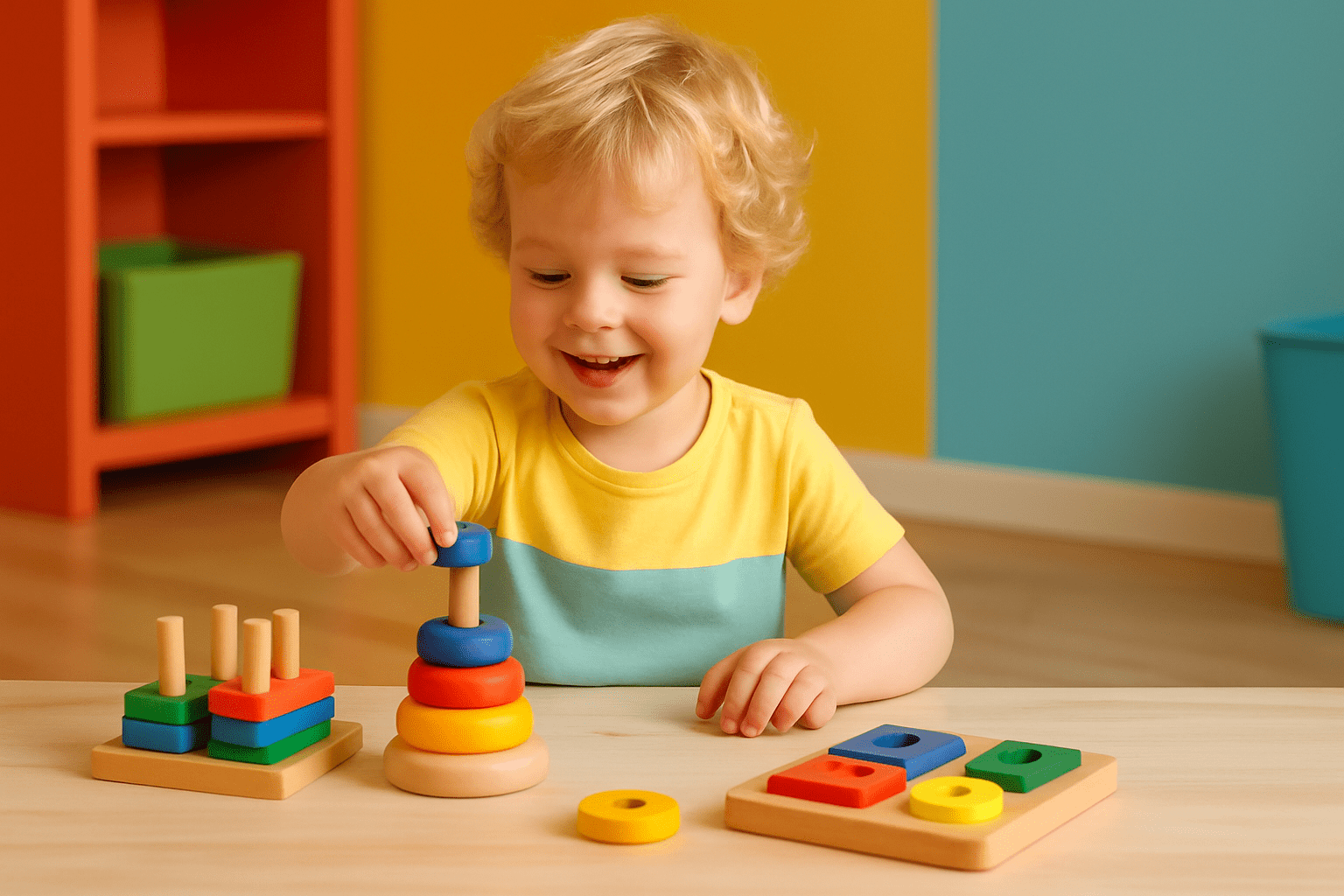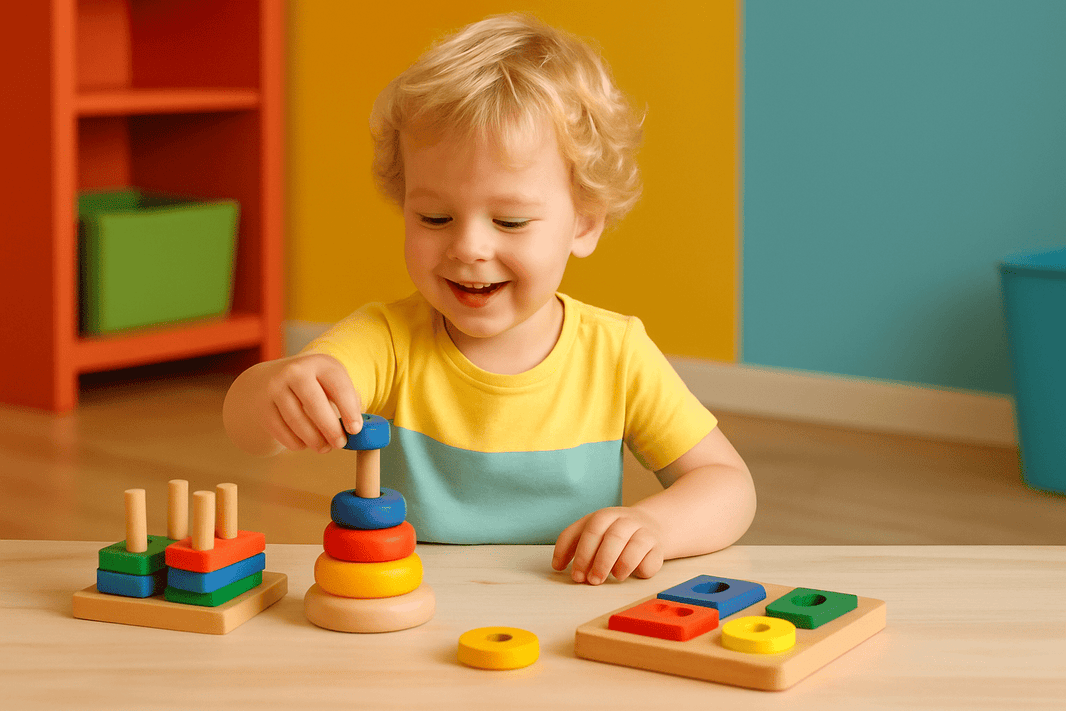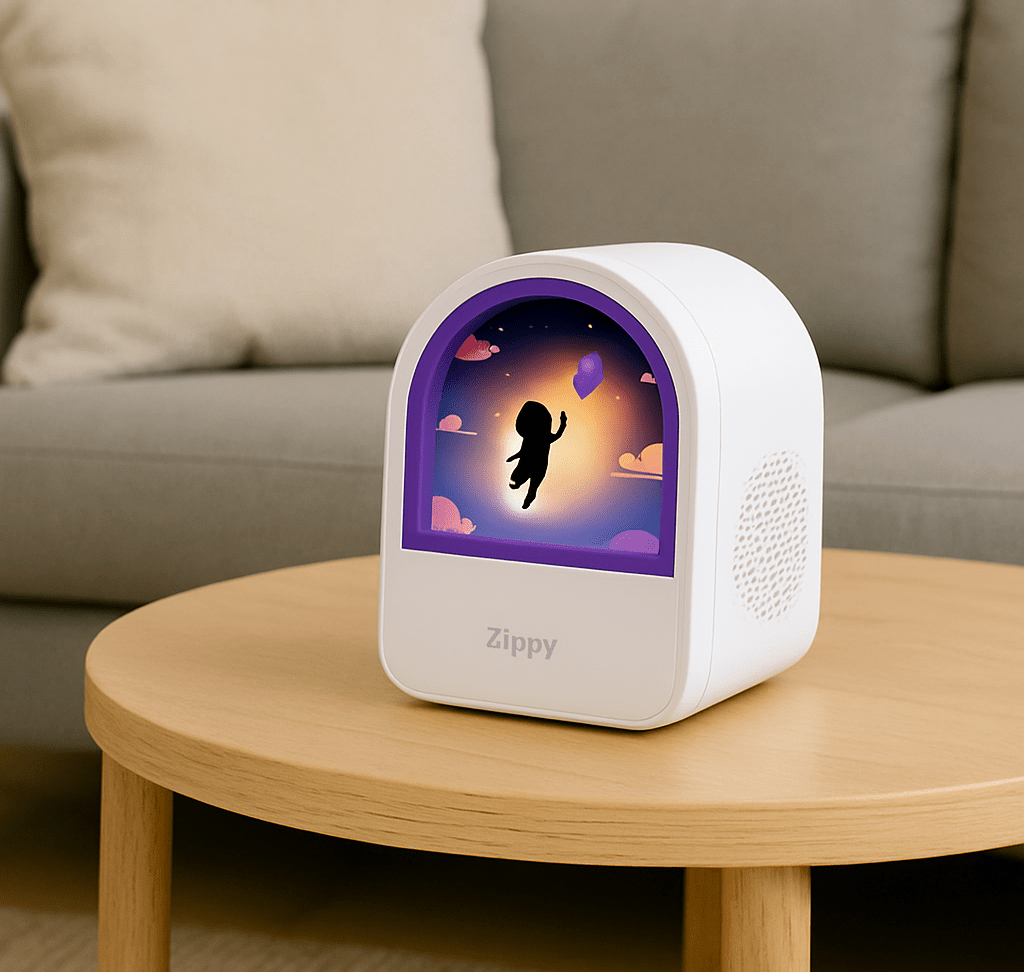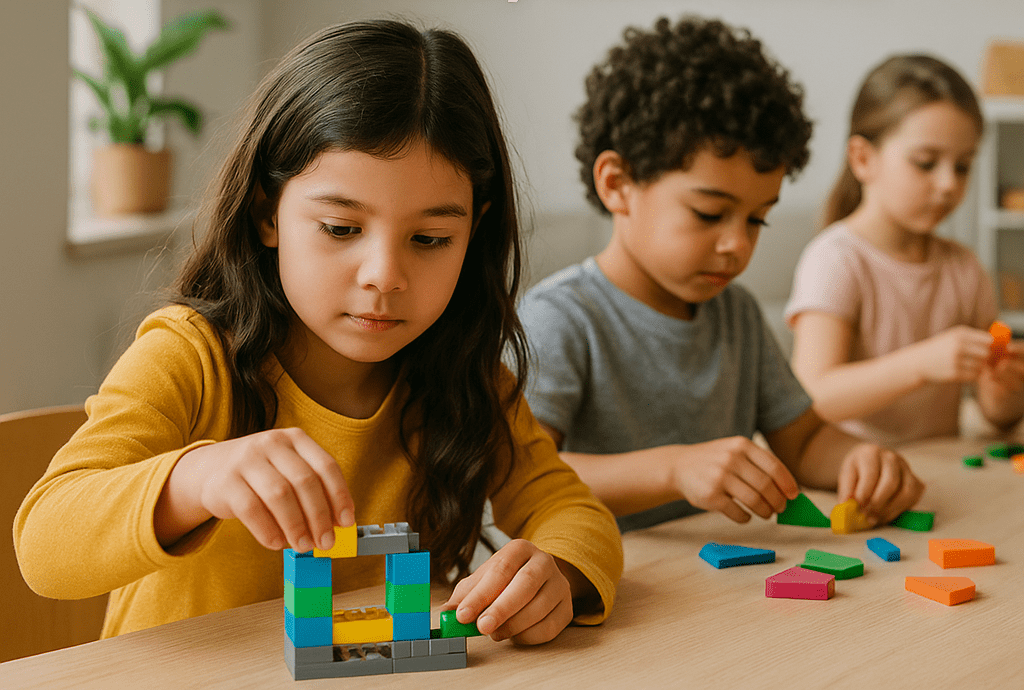Why Montessori Toys Are Changing How Children Learn: Insights from Educators
Last month, I visited a small Montessori school in Bengaluru. The classroom was unusually quiet with a room full of kids. Instead of loud devices or a screen playing nursery rhymes, I saw a group of kids carefully pouring water from one glass to another, while another child was sorting wooden blocks by size.
It shocked me that these children weren’t just “playing.” They were learning, focusing, and enjoying themselves in a calm, structured way.
This is what Montessori toys for kids are designed to do. Experts have done research how these toys develop kids' minds and improve focus. They make learning natural, hands-on, and even joyful. And as more educators recommend them, they’re becoming popular among parents who want to give their kids the right start.
I spoke to a few early childhood educators and parents to understand why these toys are so effective and how they’re changing the way children learn and perform.
The Montessori Difference
The Montessori method isn’t new, it’s over a century old but nowadays the ideas are becoming more relevant than ever due to the increase in hyper active kids. These specially designed toys encourage children to learn through discovery, to touch and explore instead of just being told what to do.
Ms. Anjali Mehta, who runs a Montessori preschool in Pune, told me something that stayed with me:
“When a child plays with a Montessori toy, they are not just passing time. They are learning how the world works, through their own experiments. That curiosity is what builds real understanding.”
Take a simple wooden stacking toy. Most parents see it as a way to keep toddlers busy. But as Ms. Mehta explained, it teaches hand-eye coordination, patience, sequencing, and even basic math when a child compares sizes and counts rings.
Why Educators Like Montessori Toys
Teachers and child development experts repeatedly highlight how these toys build key life skills and basic education.
Dr. Ritu Sharma, an early childhood consultant, says:
“Montessori toys for learning give children the freedom to make mistakes, try again, and master skills at their own pace. That’s powerful because it builds confidence early on.”
From my conversations, here’s what educators appreciate most:
-
Hands-On Experience: Children don’t just watch, they do whatever they like. Sorting beads, fitting puzzle pieces, or threading buttons keeps their hands and minds busy.
-
Independence: Many educational toys for children are designed so kids can use them without much adult help, which teaches responsibility and independent work.
-
Focus and Patience: A Montessori toy quietly holds a child’s attention for longer than a screen usually does.
-
Skill Development: Whether it’s motor skills from stacking blocks or problem-solving through shape sorters, every toy has a purpose.
One teacher even told me that children who spend time with these toys often settle faster in class and show better focus during reading or writing sessions.
A Few Real-Life Stories
One parent, Sneha, shared how her 4-year-old had a habit of leaving toys all over the place after just two minutes of play. “Then we introduced a set of Montessori counting rods,” she said. “At first he just played with them randomly. Within a week, he started arranging them in order of size and even counting them without me asking. It was amazing to watch.”
Another educator I spoke to shared a story about a shy little girl in her classroom who rarely spoke up. After a few months of using a pouring set and sandpaper letters, she began showing the activity to new students. “Her confidence grew so much that she now explains to her parents what she learned every day,” the teacher said with a smile.
These aren’t isolated stories, many parents report similar experiences once they bring Montessori toys for kids into their homes.
Practical Educator Advice for Parents
Many parents ask how to get started. The experts I spoke to had some simple advice:
-
Observe Before Intervening: Give your child space to explore. Montessori learning encourages independence, so let them figure out how a toy works before stepping in.
-
Don’t Rush: Kids learn through repetition. If they want to stack the same set of blocks five times, let them that’s how they learn new and different skills.
-
Create a Calm Corner: Dedicate a small shelf or basket for a few Montessori toys for learning. Rotate them every week so children stay interested.
-
Implement in Daily Life: If they practice pouring water with a toy set, let them pour water into cups at dinner. This makes the skill feel meaningful.
Montessori vs. Conventional Toys
Parents often wonder if there’s really a difference between Montessori and regular toys. Here’s how educators break it down:
-
Less Noise, More Thinking: Montessori toys are intentionally simple with no screens, batteries, flashing lights, or loud music but interesting for kids. This keeps kids encouraged and focused, and also increases creativity.
-
Open-Ended Play: Instead of having one “right” outcome, Montessori toys can be used/played in multiple ways. A set of wooden blocks can become a tower one day and a road for toy cars the next, which keep encouraging kids to explore more.
-
Child-Sized and Accessible: These toys are designed to fit a kid’s hands, making it easier and comfortable for them to use and play independently.
Choosing the Right Montessori Toy for Kids
Picking the right toy for kids can feel overwhelming at first. Here’s what educators recommend looking for:
-
Simplicity: Go for natural materials like wood or cloth instead of plastic with too many parts.
-
Focus on One Skill: Choose a toy that targets one or two areas at a time — motor skills, counting, sorting — so children don’t get confused.
-
Age Appropriateness: A toy that is too hard can frustrate a child. One that is too easy can bore them.
As Dr. Sharma puts it, “It’s better to have three or four good Montessori toys for learning than a room full of toys that don’t teach anything.”
Blending Montessori Play Into Daily Life
Montessori play doesn’t have to be a separate “activity.” You can make it part of everyday life:
-
Let your child help fold small towels or match socks.
-
Give them a little watering can and let them water houseplants.
-
Ask them to set the table — they can count spoons, arrange plates, and feel proud they contributed.
This makes them feel capable and included, which is exactly what Montessori education aims to do.
The Big Picture: Raising Curious, Confident Kids
When children have the chance to learn this way, something changes. They stop just playing with toys — they start experimenting, testing, and creating.
One teacher told me, “When I see a child focused on a Montessori activity, I see future scientists, writers, and builders in the making. These toys don’t just entertain — they shape how a child sees the world.”
Final Thoughts
Montessori education is not just for schools, it can start anywhere even from your living room. By adding a few well-chosen educational toys for children, you can create an environment that encourages independence and learning for your kid.
Whether it’s a set of wooden blocks, a bead threading kit, or a simple pouring activity, a Montessori toy for kids is more than a plaything, it’s a tool for building patience, focus, and creativity.
The next time you look for a toy, think beyond flashy lights and sounds. Choose something that helps your child grow because the right step today will affect your kids overall development in future. As the educators I spoke to reminded me: “Play is not a break from learning it is learning.”





